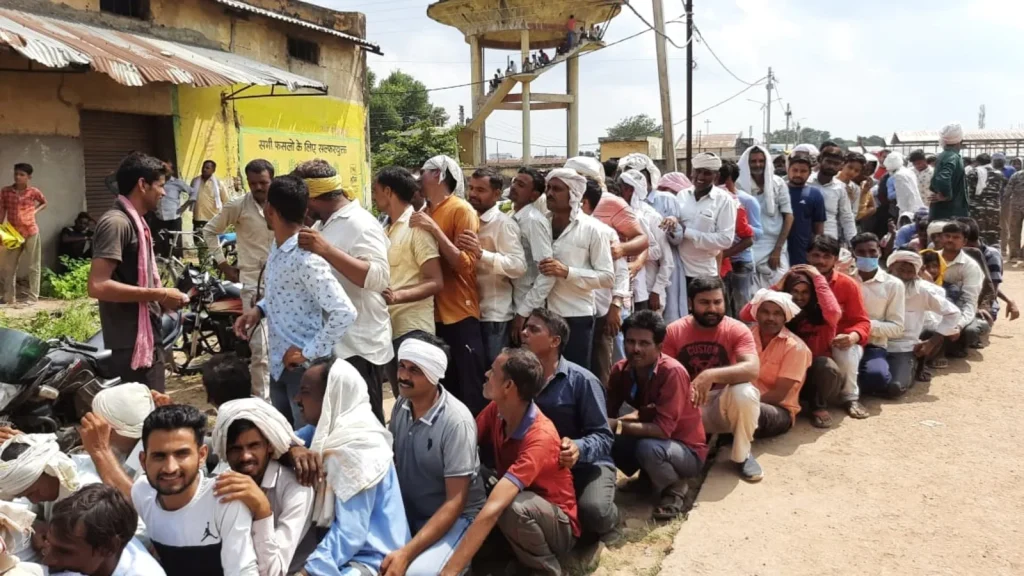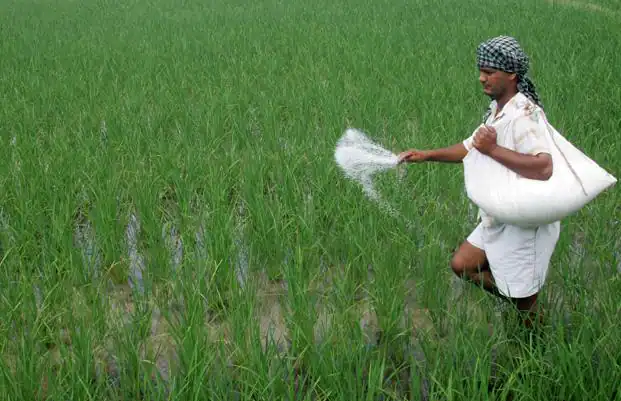The decision to execute One Nation One Fertilizer by creating a “Single Brand for Fertilizers and Logo” under the fertiliser subsidy programme known as the “Pradhanmantri Bhartiya Janurvarak Pariyojna” was announced by the Ministry of Chemicals and Fertilizers on Wednesday, August 24. (PMBJP).

The office document said that all fertiliser companies, state trading entities (STEs), and fertiliser marketing entities (FMEs) would use the single brand names BHARAT UREA, BHARAT DAP, BHARAT MOP, and BHARAT NPK, respectively.
Additionally, “a logo denoting the Pradhanmantri Bhartiya Janurvarak Pariyojna fertiliser subsidy plan will be used on stated fertiliser bags.”
Companies are only permitted to advertise their name, brand, logo, and other pertinent product information on one-third of their bags under the new “One Nation One Fertilizer” initiative. The “Bharat” brand and Pradhanmantri Bharatiya Jan Urvarak Pariyojana logo will need to be displayed on the remaining two-thirds of the space.
Following is the government’s reasoning for creating a single “Bharat” brand for all fertilisers sold at a subsidised price by businesses:
- The government now sets the maximum retail price of urea, which reimburses businesses for the greater manufacturing or import costs they incur. On paper, the MRPs for fertilisers without urea are uncontrolled. However, businesses are not eligible for subsidies if their MRPs are greater than those formally suggested by the government. There are roughly 26 fertilisers (including urea) for which the government provides subsidies and also, in effect, sets the MRPs;
- The government determines where businesses can sell in addition to subsidising them and setting the price at which they can sell. The Fertilizer (Movement) Control Order, 1973 facilitates this. In accordance with this, the department of fertilisers, in cooperation with producers and importers, develops an agreed-upon monthly supply plan for all fertilisers subject to subsidies. Each month, before the 25th, a supply plan is released for the following month. The agency also routinely monitors movement to make sure that fertiliser is available where it is needed, particularly in remote locations.
- The government would undoubtedly want to take credit and convey that message to farmers when it is spending enormous sums of money on fertiliser subsidies (the cost is anticipated to exceed Rs 200,000 crore in 2022-23) and determining where and at what price firms can sell.
A few problems stand out right away:
- It will deter fertiliser manufacturers from engaging in marketing and brand-promotion activities. They will now only serve as the government’s contracted importers and manufacturers. The main assets of every business are its brands and the long-standing farmer relationships.
- Currently, the corporation is held accountable for any bags or batches of fertiliser that don’t adhere to the necessary criteria. However, that might now be entirely transferred to the government. The plan may not work out politically in the ruling party’s favour.











